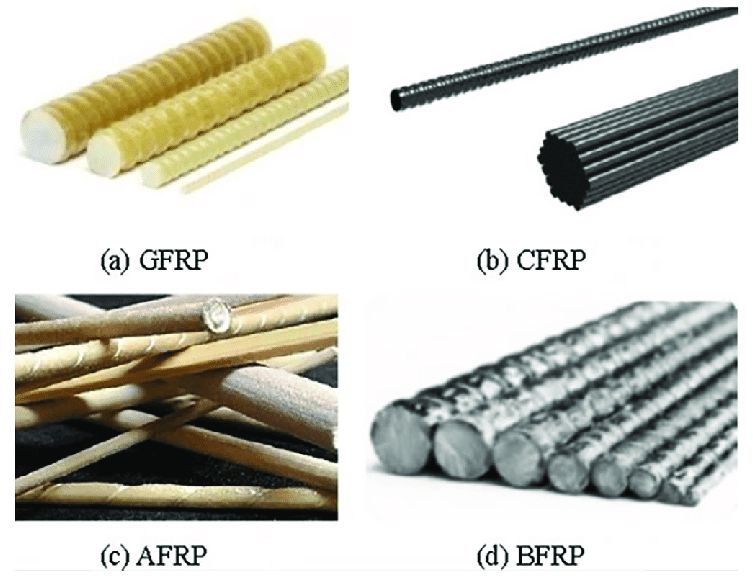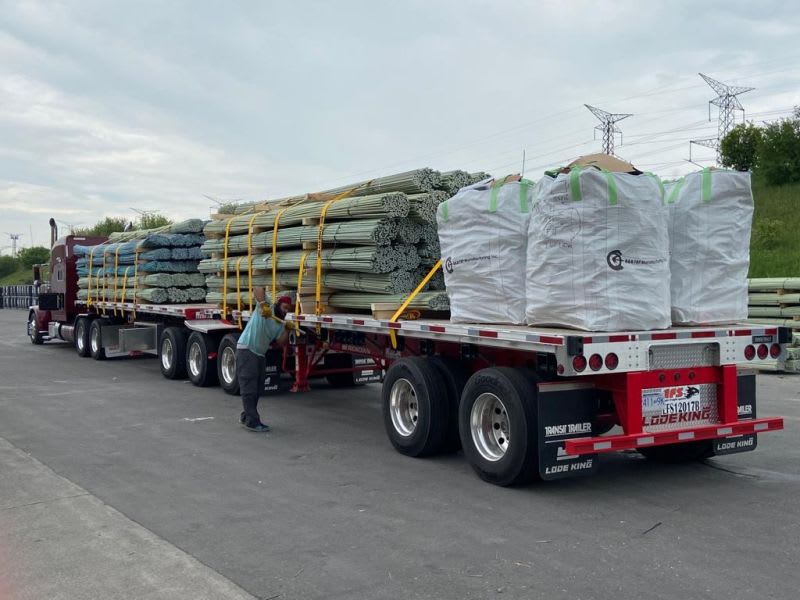cliff234
Structural
- Aug 28, 2003
- 389
One of our flat plate projects is out for bid. The reinforcing steel in the slab consists primarily of #5 bars. One of the concrete bidders wants to use fiberglass reinforcing bars instead of A615 Grade 60 bars. (Just the straight bars.) This is a new one for me. They claim the limited availability of reinforcing steel, and skyrocketing cost of Grade 60 bars is making the use of fiberglass reinforcing a more economical choice. I am very skeptical of this claim.
Does anyone have any experience designing reinforced concrete with fiberglass reinforcing bars? If so, what has been your experience? What are the things we need to watch out for? Are there any good articles online that anyone knows of?
Does anyone have any experience designing reinforced concrete with fiberglass reinforcing bars? If so, what has been your experience? What are the things we need to watch out for? Are there any good articles online that anyone knows of?


